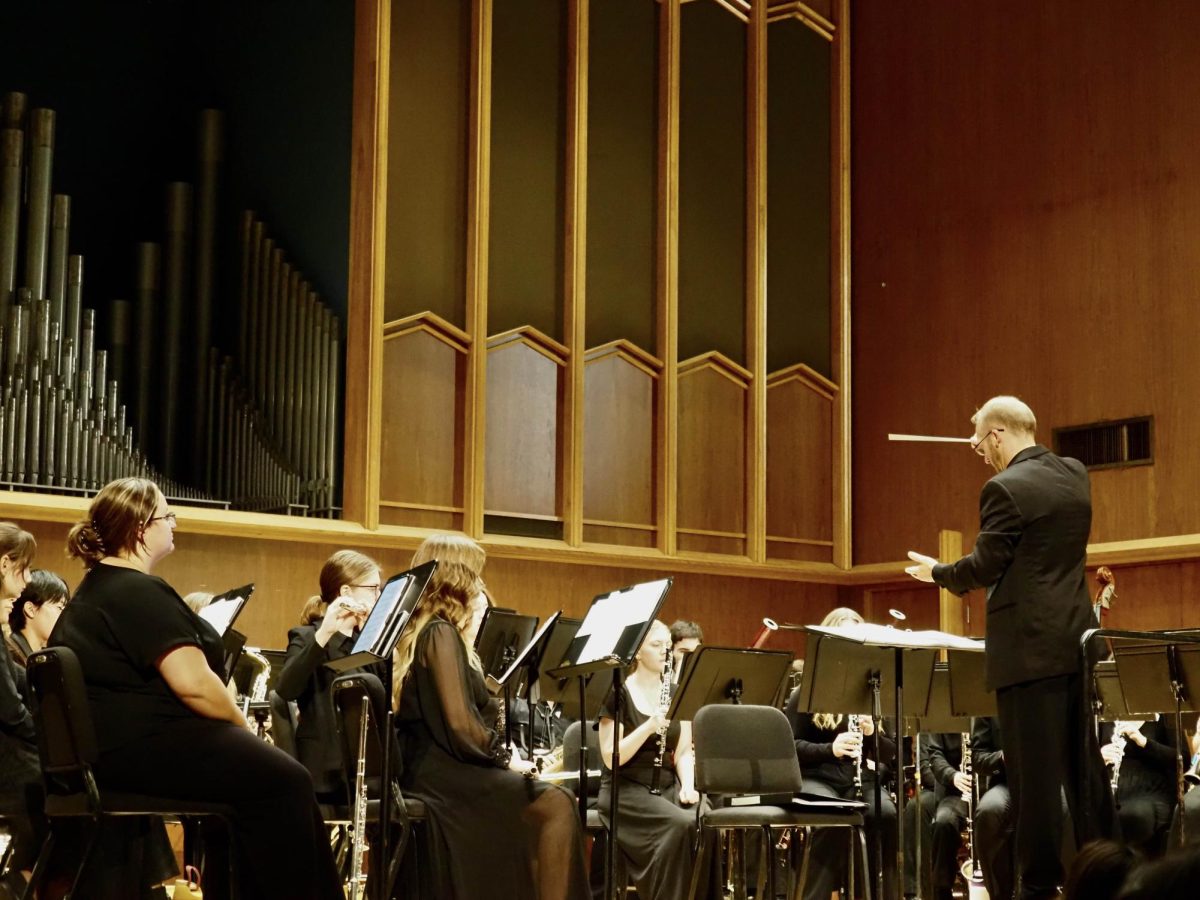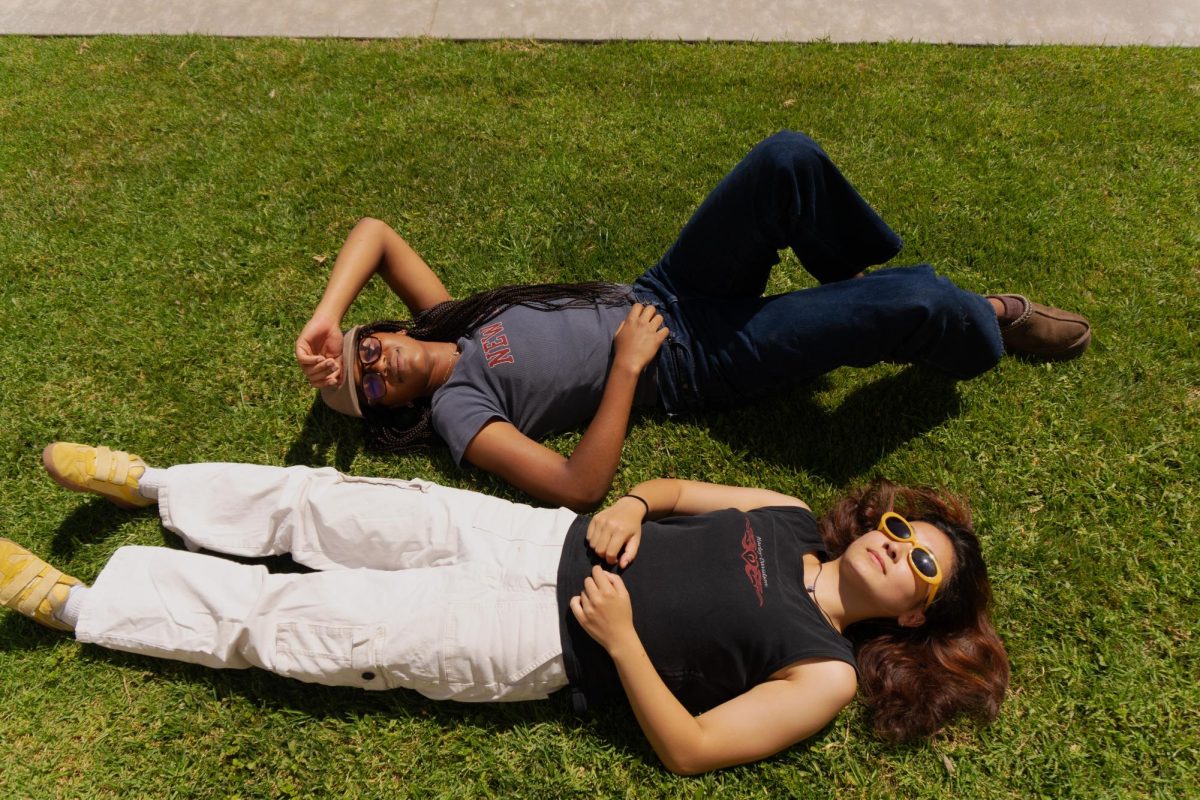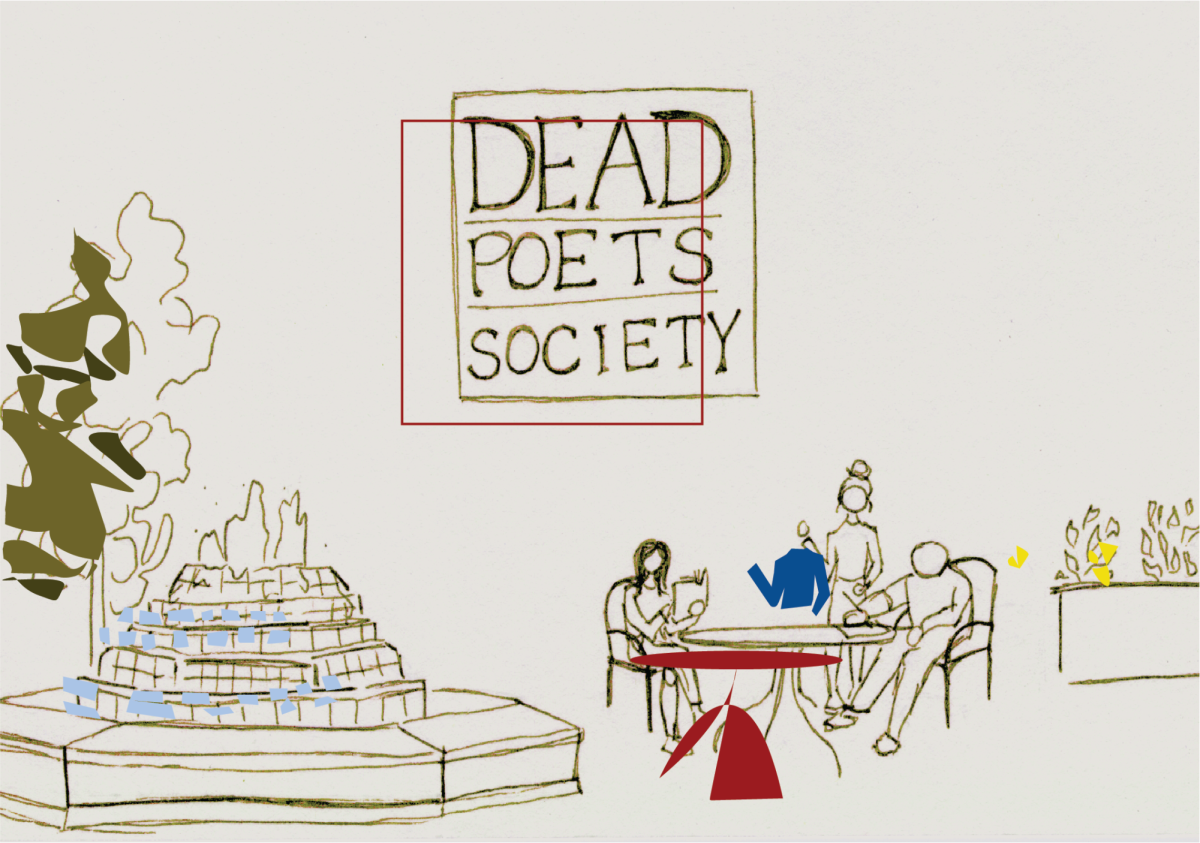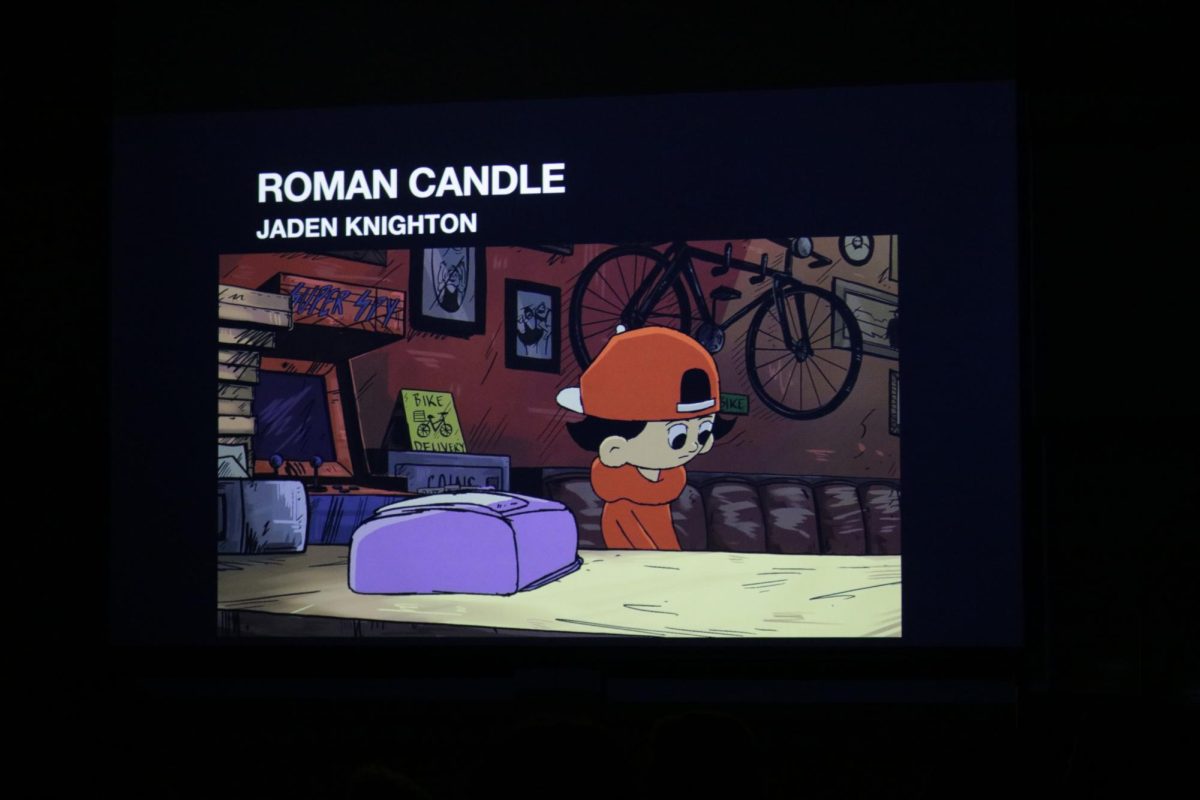The recent movie “Here” follows a diverse ensemble of characters from early humans to a 21st-century Black family. While they differ from each other, there is one thing each individual has in common: location. But how is it that Benjamin Franklin’s son and the inventor of the reclining chair can be in the same place at the same time? Director Robert Zemeckis is always one to take risks and expand the ways in which one can make a movie, but his innovative mark was missed again with “Here.”
“Here” is based on the highly praised graphic novel of the same name by Richard McGuire. This revolutionary novel goes back and forth between different events taking place in the same area through the same point of view. The author utilizes numerous panels showcasing varying pieces from multiple periods.
BACK TO THE FUTURE
Zemeckis conveys the same effect as the graphic novel by breaking composition law, filming “Here” entirely within the dead space. Dead space is a cinematography method where the camera is looking straight ahead. The camera in “Here” almost never moves or changes angles, having audience members sit between the four walls of the set. The feeling of being imprisoned to one view is oddly freeing, forcing spectators to pay close attention to everything unfolding on the screen. The way “Here” is filmed also allowed Zemeckis to shock crowds in a way a filmmaker has not done in a long time. The groundbreaking moment at the end of the movie is quite elementary: the camera moves. The simplicity of the camera technique makes it even more powerful.
Zemeckis makes viewers comfortable with not being able to see anything besides evolved forests, lawns and living rooms through one position. The thought never occurs that there is another room behind the camera except for subtle hints when the cast walks past or when the room is teased through a mirror. A sense of astonishment surfaces as the frame floats down, around and outside the window to display what has been hidden throughout the movie.
“Here” concludes with the lens perching on top of a Georgian chimney overlooking a quaint American town. This ending perfectly ties together the theme of living in the present. So often people try to live in the past or worry about the future as Richard Young — played by Tom Hanks — and others do throughout “Here.”
FACES OLD AND NEW
In regard to aesthetics, music and casting, “Here” feels like a reincarnation of Zemeckis’ award-winning classic “Forrest Gump.” “Here” brings back many “Forrest Gump” crew members such as cinematographer Don Burgess. Filming one camera angle sounds simple, but Burgess demonstrates how much thought goes into making sure the positioning is exact in each setting. Composer Alan Silvestri and screenwriter Eric Roth return as well, injecting the film with a similar atmosphere to “Forrest Gump.”
The crew member that stands out most of all is the up-and-coming editor Jesse Goldsmith. “Here” is Goldsmith’s second lead editing role, after Zemeckis’ 2022 Disney live-action remake “Pinocchio.” Goldsmith previously worked as a first assistant editor on Zemeckis’ “Welcome to Marwen” and the 2020 version of “The Witches.” Goldsmith seamlessly transitions from decade to decade in “Here” while opening and closing the windows of reality.
Zemeckis and his crew take advantage of Metaphysic Live, a mysterious new AI tool that eliminates the hassle of de-aging and face swapping. Unfortunately, this resource makes an Indigenous man look fake and teenage Tom Hanks lifeless. The computer-generated hummingbird and landscapes also divert the film’s realism. Zemeckis would have fared better by reviving his misunderstood motion-capture style which would have grounded the movie’s look while not traveling to the uncanny valley.
The effects in “Here” are nothing to brag about and the same can be said for its two main performers. Tom Hanks and Robin Wright play Richard and Margaret Young. The duo accomplish good chemistry, especially through complex points in the relationship, but struggle to pass as teenagers and elders. Paul Bettany, however, does a phenomenal job playing Richard’s father, Al, impressively adjusting to the character’s wide range of emotions throughout the film.
“Here” is Zemeckis’ unexpected comeback after a line of less notable releases. “Here,” while flawed with technical ambition and lackluster in main characters, is reminiscent of the era where blockbusters and art existed together. Is a trip down memory lane what we need in an entertainment climate polluted with sequels, remakes and spin-offs? “Here” is a step in the right direction, but the hour is eagerly awaited when either a veteran like Zemeckis or even an unknown prodigy can create something truly original.






